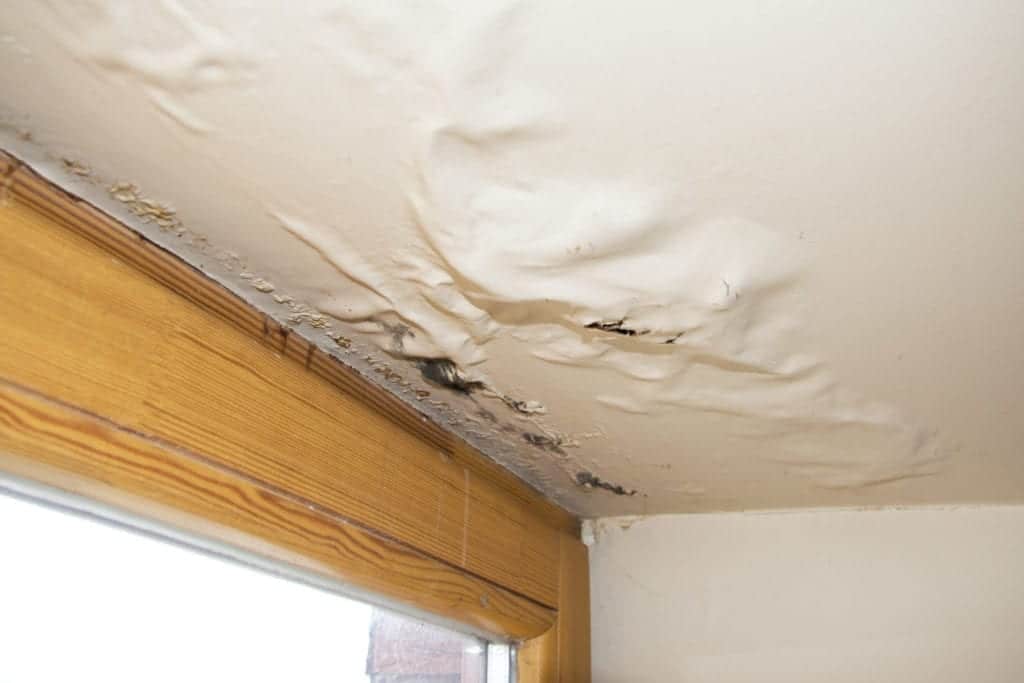We have unearthed this article about Hacks to detect leaks down the page on the web and decided it made sense to talk about it with you on my blog.

Early discovery of dripping water lines can mitigate a prospective disaster. Besides saving you money, it will certainly lessen the irritation and irritation. The minute you find a leakage, calling your plumber for repairs is the best service. Nonetheless, some little water leaks may not show up. If you can not spot it with your naked eyes, right here are some hacks that aid.
1. Take A Look At the Water Meter
Examining it is a surefire means that helps you uncover leakages. If it relocates, that indicates a fast-moving leakage. This suggests you may have a sluggish leakage that can also be below ground.
2. Check Water Usage
If you find unexpected modifications, regardless of your consumption being the exact same, it means that you have leaks in your plumbing system. An unexpected spike in your costs indicates a fast-moving leak.
Meanwhile, a stable rise each month, despite the exact same habits, reveals you have a sluggish leak that's also gradually escalating. Call a plumber to completely check your residential or commercial property, particularly if you feel a warm area on your floor with piping underneath.
3. Do a Food Coloring Test
When it comes to water consumption, 30% comes from bathrooms. If the color in some way infiltrates your dish throughout that time without flushing, there's a leakage in between the storage tank and dish.
4. Asses Exterior Lines
Do not fail to remember to inspect your outdoor water lines also. Test faucets by connecting a garden hose pipe. Should water leak out of the connection, you have a loosened rubber gasket. Change this and also ensure all links are limited. It will assist get it professionally examined and also maintained yearly if you've obtained a sprinkler system. One small leak can throw away lots of water and also spike your water bill.
5. Evaluate as well as Examine the Scenario
Property owners need to make it a habit to check under the sink counters and also also inside cabinets for any bad odor or mold growth. These two red flags suggest a leakage so prompt focus is called for. Doing routine assessments, also bi-annually, can save you from a major trouble.
Check for stainings and also weakening as most pipes and home appliances have a life expectations. If you presume dripping water lines in your plumbing system, do not wait for it to intensify.
Early discovery of leaking water lines can mitigate a prospective catastrophe. Some tiny water leakages may not be visible. Inspecting it is a proven way that aids you find leakages. One little leakage can waste loads of water and also spike your water costs.
If you suspect dripping water lines in your plumbing system, don't wait for it to intensify.
How to Know If Your Home Has a Hidden Leak
Water Meter Reveals Inexplicable Water Usage
If you’d like to test whether or not there’s a leak somewhere in your home, you can do this using your water meter. Here is how to conduct the test:
Don’t use any water in your home for at least 30 minutes; this also means not turning on faucets or water-using appliances.
Go outside, and check your water meter for activity.
If your water meter shows that there was activity, even though no one was using any water, this proves that there is a leak in your home.Visible Mold or Mildew Growth
Leaks behind walls create moist, dark environments that allow mold and mildew to grow and thrive. Eventually, you might see mold growth forming on the wall closest to a hidden leak.
If mold is growing in an area that receives a high amount of moisture, such as a bathroom, it may simply be an indication that better ventilation is needed. However, if you see mold growth on a wall or the ceiling in an area where you would not expect, you probably have a hidden leak.
Musty, Mildew Odor
Sometimes you might not be able to see the mold or mildew that is growing as a result of a leak. However, the smell can give the problem away just as easily. If you catch a whiff of something musty, there’s a good chance that old water is collecting somewhere in your home that you can’t see.
Stained/Warped Walls, Ceilings, or Floors
When your home soaks up water, a variety of red flags can become visible, including ceiling stains, bubbling drywall, warped walls, and sagging floors. While these issues can be caused by excess humidity, they can also be signs that a pipe or plumbing connection has started leaking behind your walls.
Inexplicably High Water Bill
After a while, you get a general sense for what your water bill should be. If you own a pool or sprinkler system, your bill will tend to be higher during summer. However, if you receive a water bill that seems especially high, and you can’t figure out what caused it, then you may have a hidden leak somewhere that’s increasing your bill.
https://www.plumbingjoint.com/blog/2019/july/how-to-know-if-your-home-has-a-hidden-leak/

Do you enjoy reading about Detecting hidden plumbing leaks? Put feedback down the page. We'd be interested to find out your thoughts about this entry. We hope that you come back again soon. Loved our blog? Please share it. Let somebody else find it. We thank you for reading our article about Top leak detection hacks.
Dial for results!